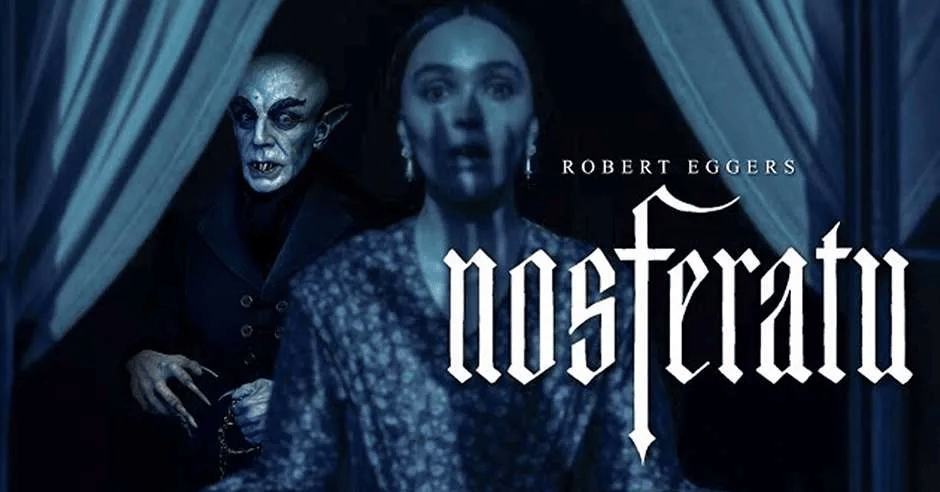This past December, director Robert Eggers released Nosferatu (2024), a remake of the century-old Nosferatu (1922) by German Expressionist F. W. Murnau. This latest release is the fourth addition to Eggers’ dreary corpus of historical dramas, including The Witch (2015), The Lighthouse (2019), and The Northman (2022). In what the Catholic Review describes as a “morally unbridled” display of “skewed values,” Eggers’ remake preserves Murnau’s chiaroscuro lightplay and vaguely Eastern European unease while indulging the modern moviegoer with an abundance of demonosexual exsanguination. Despite its ungodliness, the Catholic Review can’t ignore Nosferatu‘s “darkly poetic quality,” which, if you’ve seen any Eggers movie, you should expect in spades.
If you’re like me, you might have walked out of the theater after seeing Nosferatu and thought, “besides the fangs, that wasn’t very much like Twilight or Jesus Christ Vampire Hunter at all!” In a fortunate age so saturated with vampire flicks that lists of them stretch into the hundreds, one is compelled to ask: where did these all come from, and why?
The origins of the vampire are hard to pin down. Folkloric entities resembling vampires are ubiquitous in ancient cultures from Mesopotamia to Indonesia. A Jungian might ascribe these similarities to the Shadow archetype that compels the mind towards certain mythological motifs. But surely the cape and the slicked-back hair and the bats and the weakness to wooden stakes aren’t manifestations of the universal human unconscious, right?
Even in modern Western culture, the earliest and most significant contributions to the vampire mythos are disputed. Some point towards John William Polidori’s 1819 novella “The Vampyre” as the first true depiction of the modern vampire, but it’s just as easy to find earlier examples, such as Goethe’s “The Bride of Corinth” from 1797 or Heinrich August Ossenfelder’s “The Vampire” from 1748.
If we concern ourselves solely with the vampire film, then major influences become clearer. If you’ve ever seen a vampire movie, it almost certainly descends from Sheridan Le Fanu’s Carmilla1,2 (1872), Bram Stoker’s Dracula1,2 (1897), or both. Written in Ireland and classics of Gothic horror, both Carmilla and Dracula are the progenitors (or at least popularizers) of a bevy of vampire tropes. Carmilla contributed to the vampire tradition themes of sexuality, a mix of medicine and occultism, and lethal romance. Dracula combined elements of folklore and history with elements of Stoker’s own invention, popularizing vampires’ weakness to garlic and a stake through the heart, having no reflection, and the notion that vampires are centuries-old aristocrats from Eastern Europe. And though these stories still influence vampires today, so too has popular culture morphed and distorted the vampire into almost any archetype a story needs: scary, sexy, scorned, sympathetic, inhuman, all too human.
To better understand the cinematic history of the vampire, the following list will review some of the most renowned, memorable, and most outlandish vampire films in our collection. All movies mentioned are available for checkout or streaming for free through the library.
I. The Roaring, Bloodsucking Twenties (and Thirties)
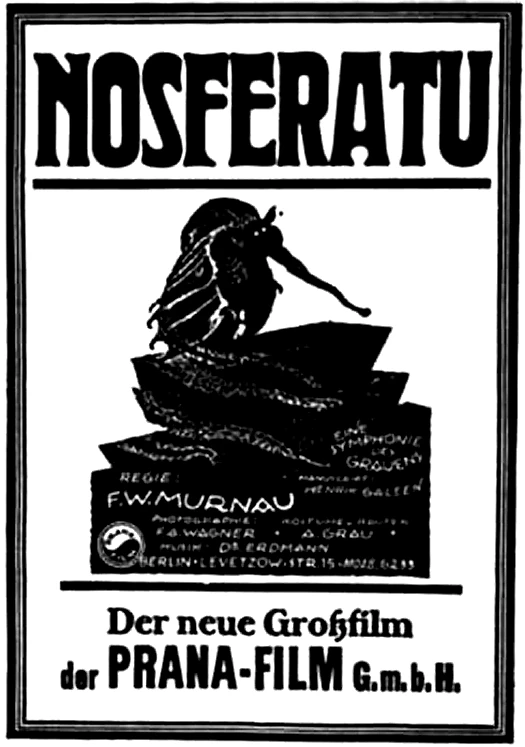
Nosferatu (1922)
Maybe you know Nosferatu from his Spongebob cameo, or perhaps from your German Expressionist film class in college. Despite originating as a low-budget Dracula knock-off of which almost all copies were destroyed for copyright violation, Nosferatu‘s surviving fragments are today hailed as a landmark production in horror cinema. This silent film is before the time of crescendoing tension and jump scares that one expects from a modern horror movie. Instead, much like the vampire itself, it maintains centenarian potency not by scaring the viewer, but haunting them. And, unlike Eggers’ ecumenically-denounced 2024 remake, the original Nosferatu was approved by the Pope himself in 1995.
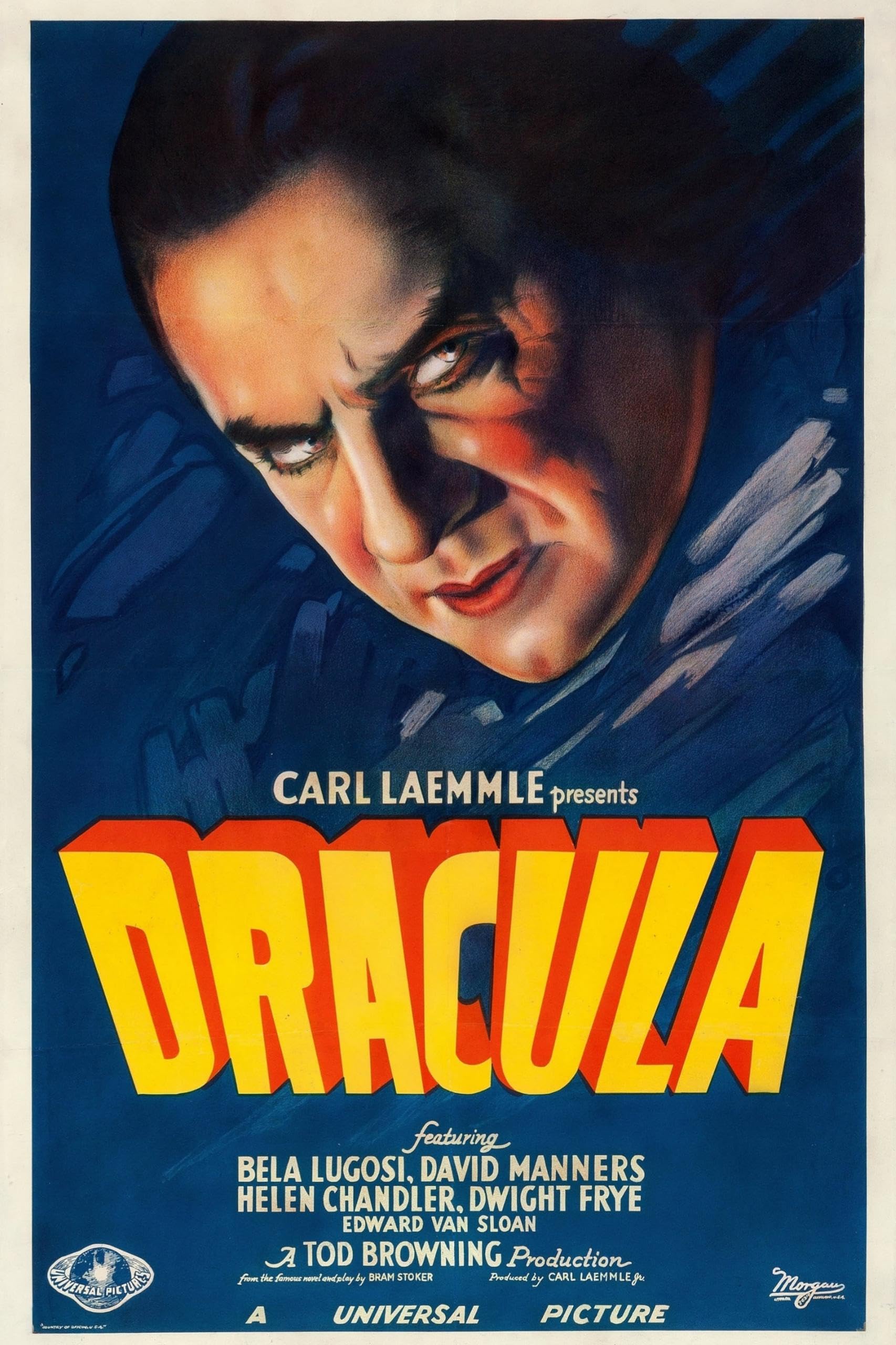
Dracula (1931)
Dracula (1931), the first “talkie” rendition of Bram Stoker’s novel, is the authorized, Hollywoodified counterpart to the freewheelin’ Nosferatu. The advent of audio humanized the eloquent Count, something previously stifled by title cards. Still, Dracula wasn’t free of influence from Nosferatu: its cinematographer Carl Freund was a collaborator of Murnau’s, which might explain visual similarities between the two movies. Today, Dracula is notable for its enormous aesthetic impact on the American vampire. Nosferatu made waves in European art communities, but Dracula was the first true popular horror movie, and thus transformed a literary character into the cape-donning, Transylvanian castle dweller we know today.
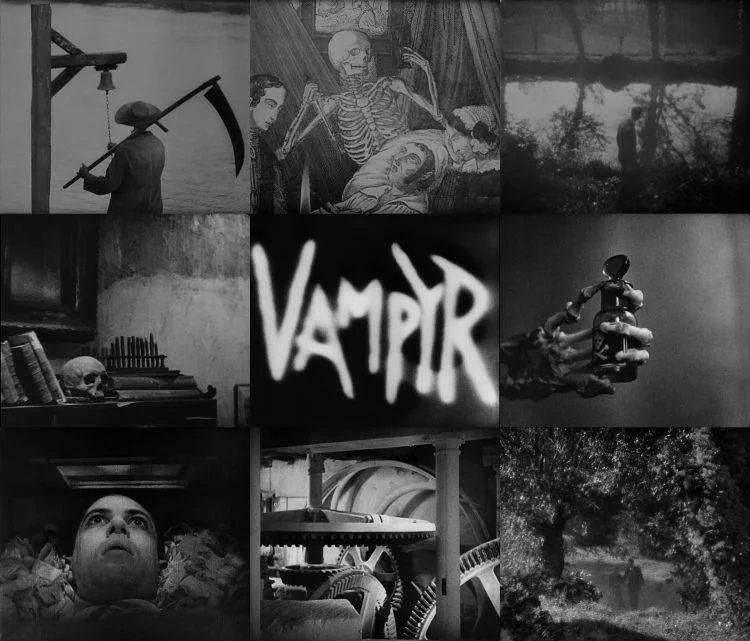
Vampyr (1932)
Upon its release 93 years ago, Vampyr was met with overwhelmingly negative reviews and abysmal box-office ticket sales. It proved the second-in-a-row commercial failure for director Carl Theodor Dreyer after The Passion of Joan of Arc (1928), which is now considered one of the best silent films of all time. But the qualities of Vampyr that made critics of its era guffaw—nightmarish, disorienting, “different”—are exactly why modern critics laud it. Much like Nosferatu, Vampyr haunts the viewer with aesthetics and mood, and like a Jodorowsky film, it embraces a decoherent narrative.
II. The Vampire in a Post-Hippie World
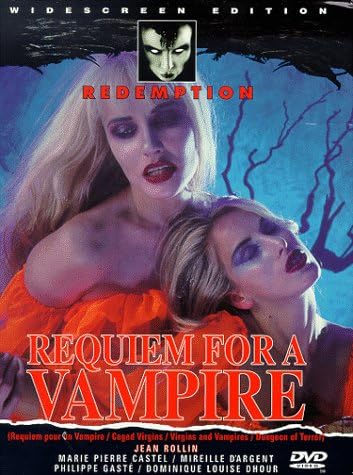
Requiem for a Vampire (1972)
Alternatively titled Requiem pour un vampire and Caged Virgins, this French-language sexploitation film is exactly what you might expect from the dialogue excerpt “you cannot be both virgin and vampire.” It warrants recommendation to the vampire erotica-curious crowd among us, but that’s about it.
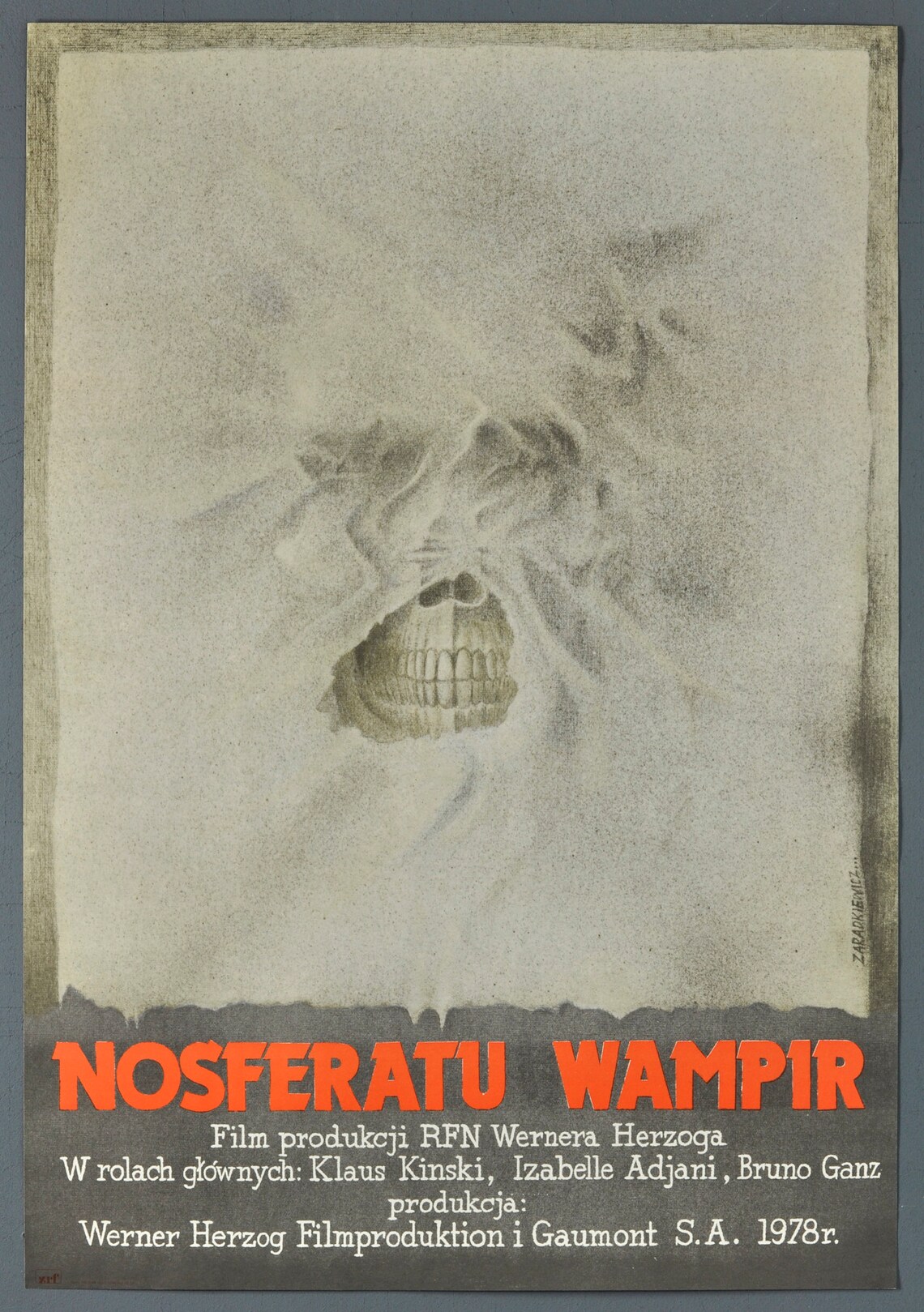
Nosferatu the Vampyre (1979)
Before telling the story of a man who loved bears so much he got killed by one, but after sending a camera crew down Amazonian river rapids in makeshift rafts, Werner Herzog was obsessed with vampires. Nosferatu the Vampyre was Eggers’ Nosferatu before Eggers’ Nosferatu; an homage to Herzog’s compatriot F. W. Murnau and to what he considered to be the best German film of all time. This film is notable for being the only vampire movie whose actor was more evil than the vampire they portrayed.
III. Dracula Protagonized
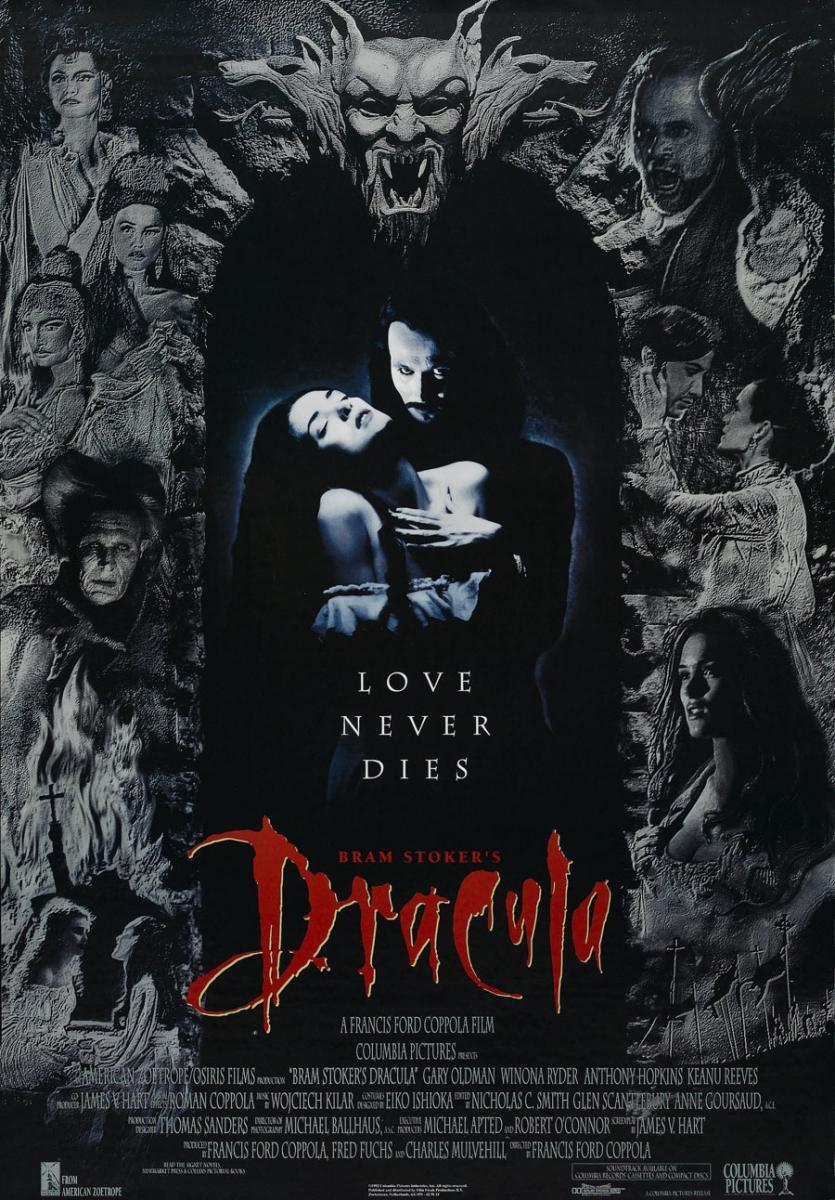
Bram Stoker’s Dracula (1992)
Not only is Francis Ford Coppola’s Bram Stoker’s Dracula an expansion of the original text, it is a wild and indulgent interpretation of what Stoker might have been picturing while writing his opus. Many adjectives are thrown around when discussing this film’s visuals—wild, indulgent, lavish, opulent, operatic, theatrical, vibrant—but when it comes to the meat of the movie, “flawed” and “messy” prevail. Most of the A-lister cast deliver great performances (Winona Ryder, Gary Oldman, Anthony Hopkins, Tom Waits), except for Keanu Reeves, whose attempted British accent brings the wrong kind of horror to a vampire movie. Despite its shortcomings, Bram Stoker’s Dracula is one of the most influential Dracula adaptations in living memory, coining tropes such as retractable fangs and man-bat hybrids, and even earning itself a Treehouse of Horror spoof.
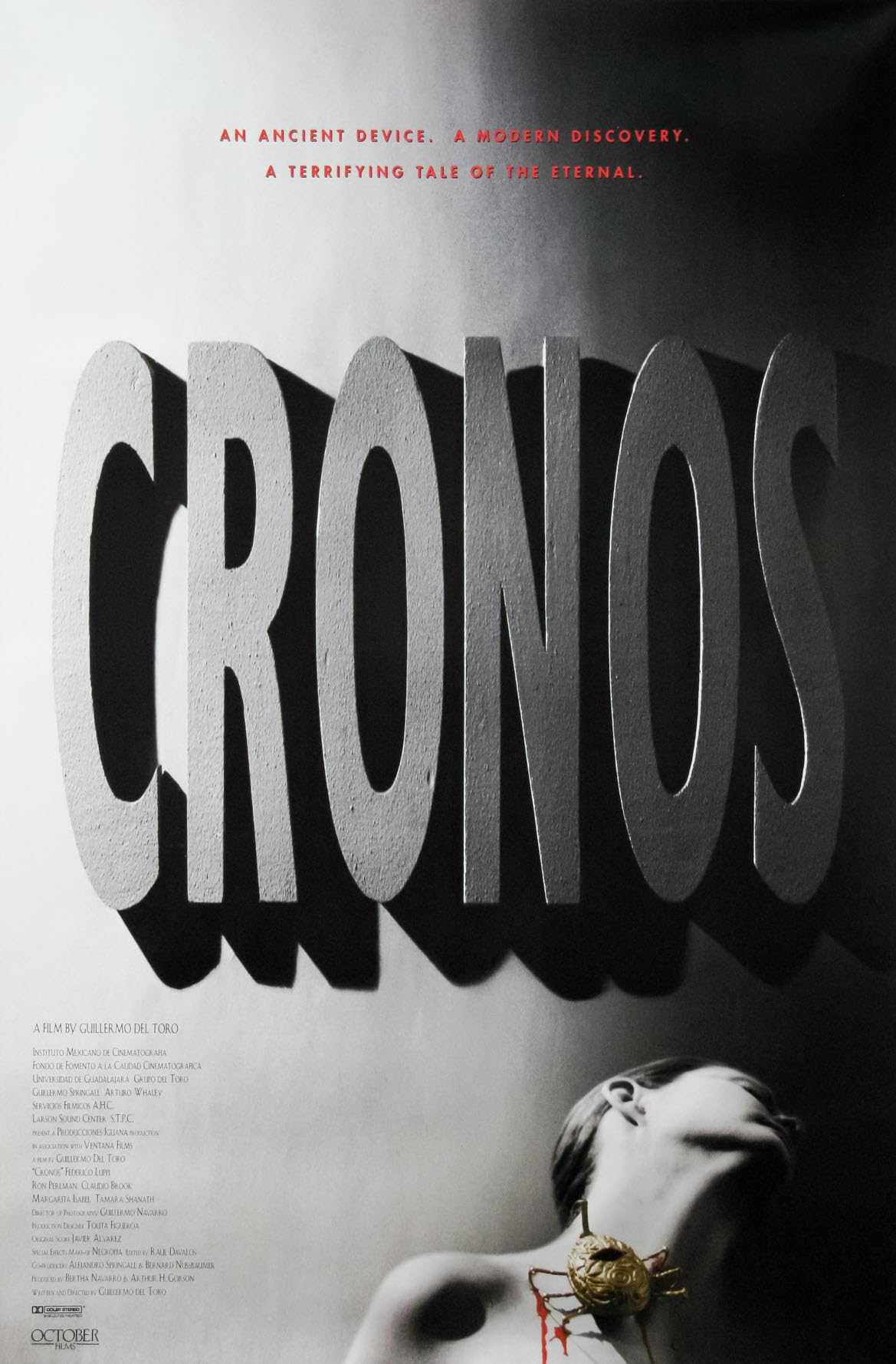
Cronos (1992)
Guillermo del Toro’s theatrical debut Cronos imagines vampirism not as a disease or a curse, but as the gift of immortality given by a mechanical spider built during the Spanish Inquisition (bet you didn’t expect that). With all of the gruesomeness, mythology, and religious commentary one expects from a del Toro film, Cronos reinvents the vampire film as one without fangs or bats, but with the same tragic trajectory.
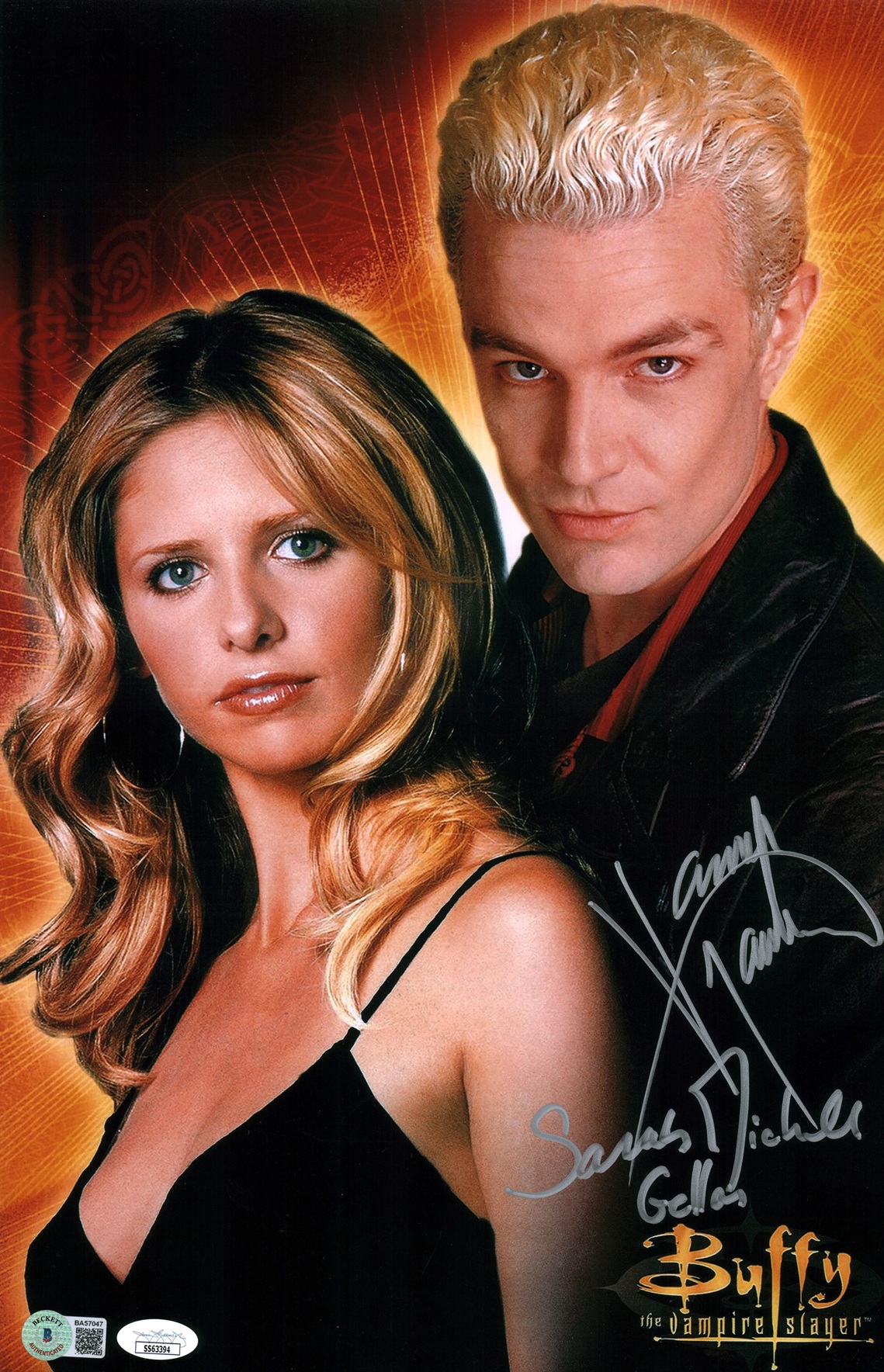
Buffy the Vampire Slayer (1992, 1997-2003)
As the only production on this list with its own academic discipline, there is little to say about Buffy the Vampire Slayer that hasn’t been said. If you like The X-Files, or Firefly, or Stargate SG-1, or Veronica Mars, or Teen Wolf, or Supernatural, then you should check out Buffy.
IV. Post-Vampirism
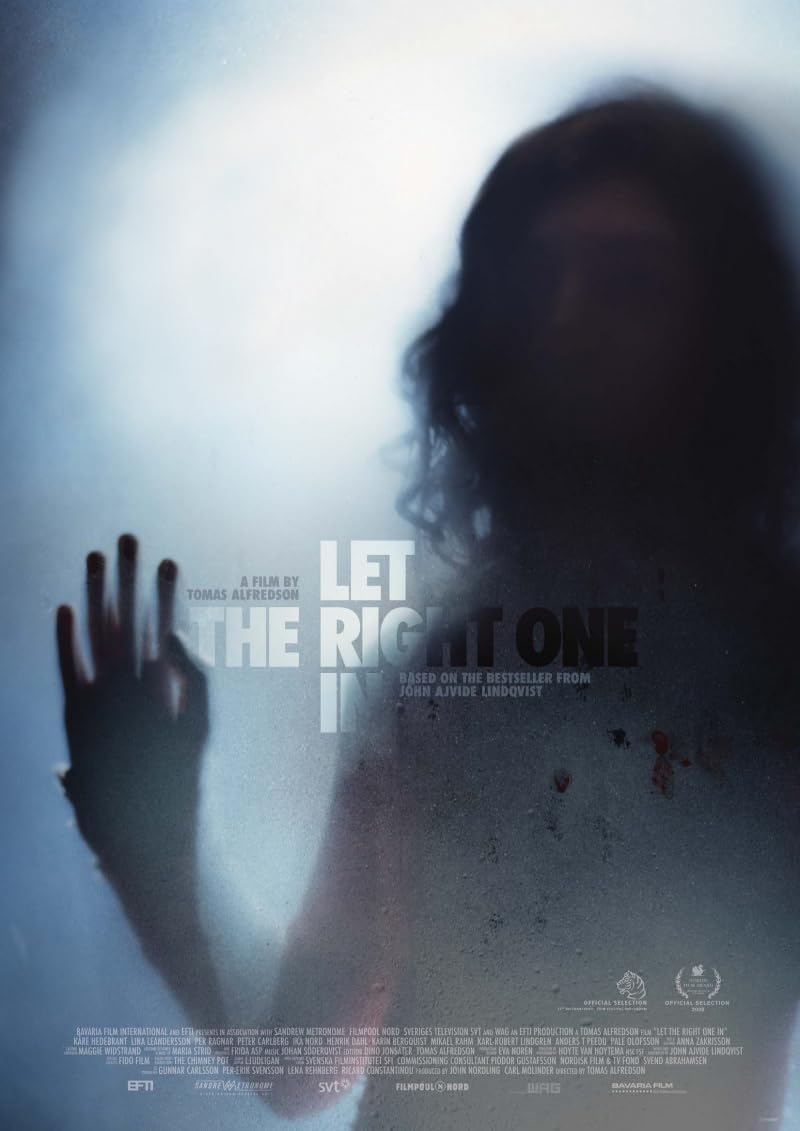
Let The Right One In (2008)
The modern vampire is many things: lavish, sexy, an action hero, an omnipotent evil. Let The Right One In subverts such tropes with simple visuals, minimal dialogue, and an unadorned brutality reminiscent of Ari Aster. Its protagonist is 12 year-old Oskar, and his new neighbor Eli is the vampiric femme fatale love interest. Quickly, they bond over their mutual isolation and love for violence. Let The Right One In doesn’t provide the same fantasticality as Eggers’ Nosferatu or Cronos; rather, its familiarity and plausibility make it the scariest movie on this list by far.
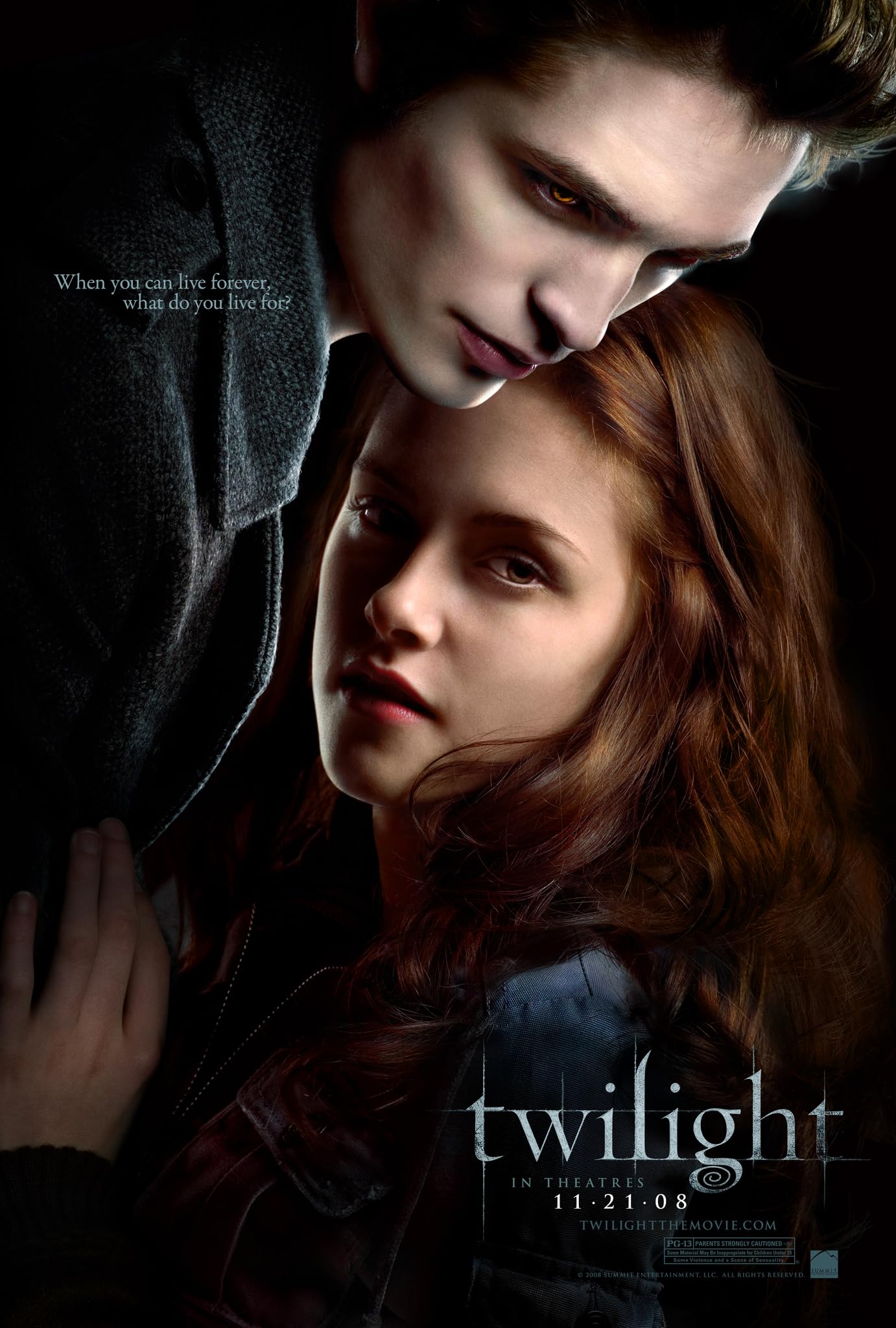
The Twilight Saga1,2,3,4,5 (2008-2012)
A billion-dollar franchise is the product of timing, luck, and carefully engineered merchandisable entertainment. It was the late aughts, and Harry Potter was on his way out of the movie theater. When a few studio executives revamped an age-old star-crossed love story with a dash of gothic horror and a heaping helping of teenage sex appeal, the Twilight Saga was born. Its stratospheric success contributed greatly to the modern YA-ification of today’s vampires, paving the way for popular media like Vampire Diaries, True Blood, and Vampire Academy.
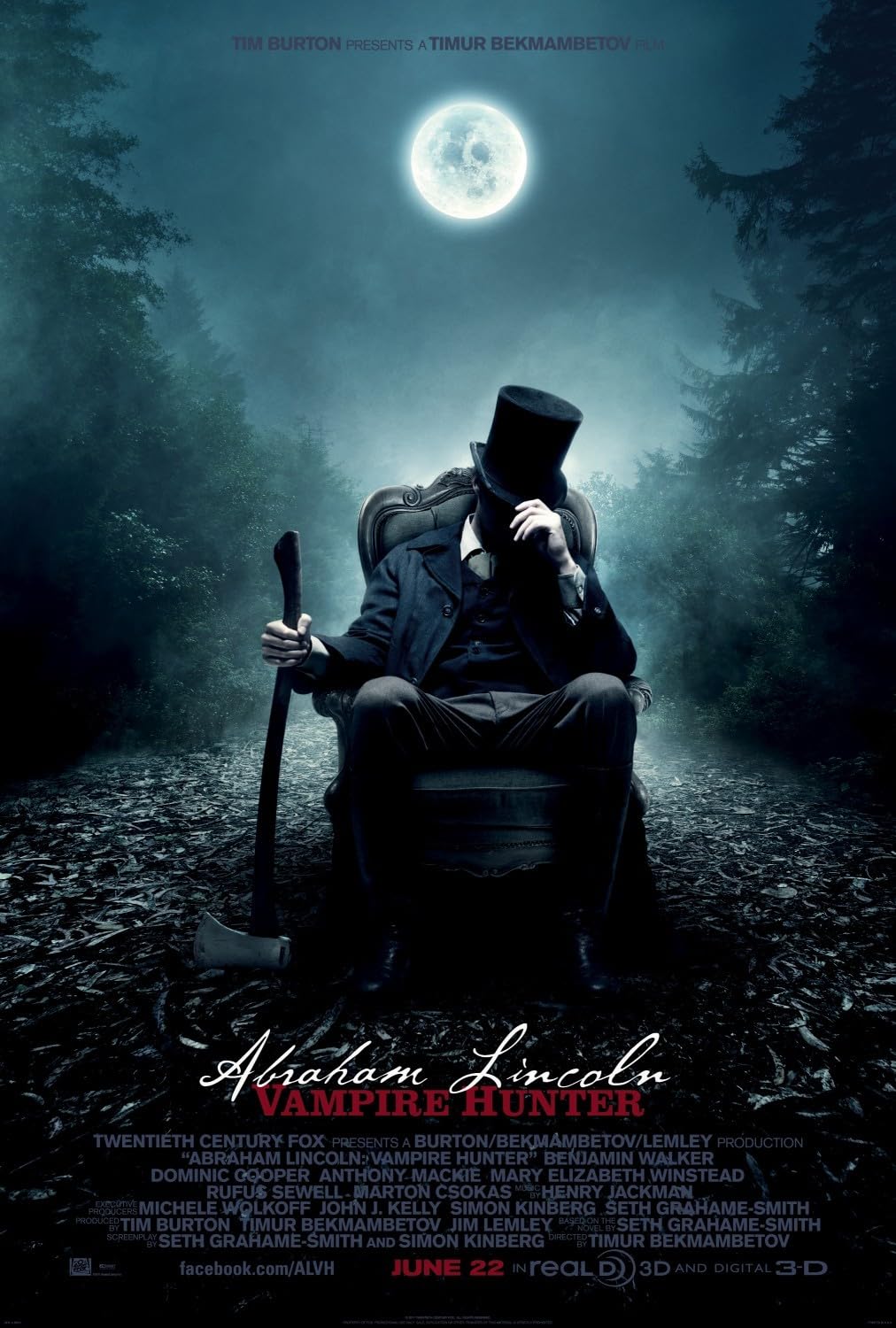
Abraham Lincoln: Vampire Hunter (2012)
Though the masses yearn for James Buchanan: Bigfoot Poacher and Lyndon B. Johnson: Goblin Trapper, we must accept that all this cruel world affords us is Abraham Lincoln: Vampire Hunter. This 2012 film, in which President Abraham Lincoln tracks down and murders slaveholding vampires, is an adaptation of the 2005 book of the same name, plot, and literary repute. Some critics argue that this film’s premise is a bastardization of history and an excuse to watch our nation’s most revered Commander in Chief bash in skulls with an axe—to them, I retort: so what?

